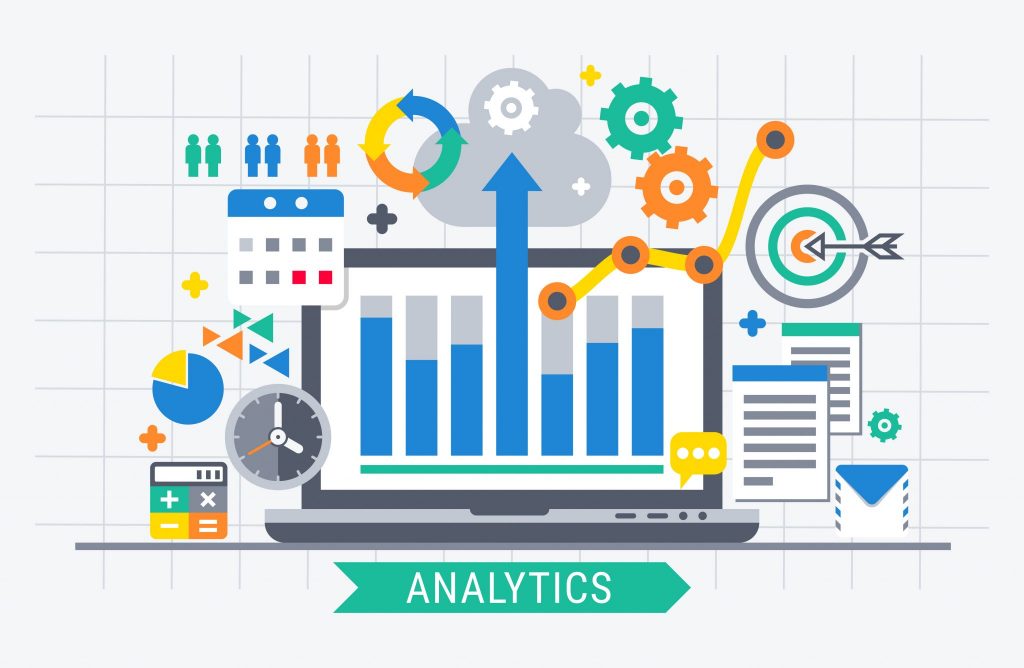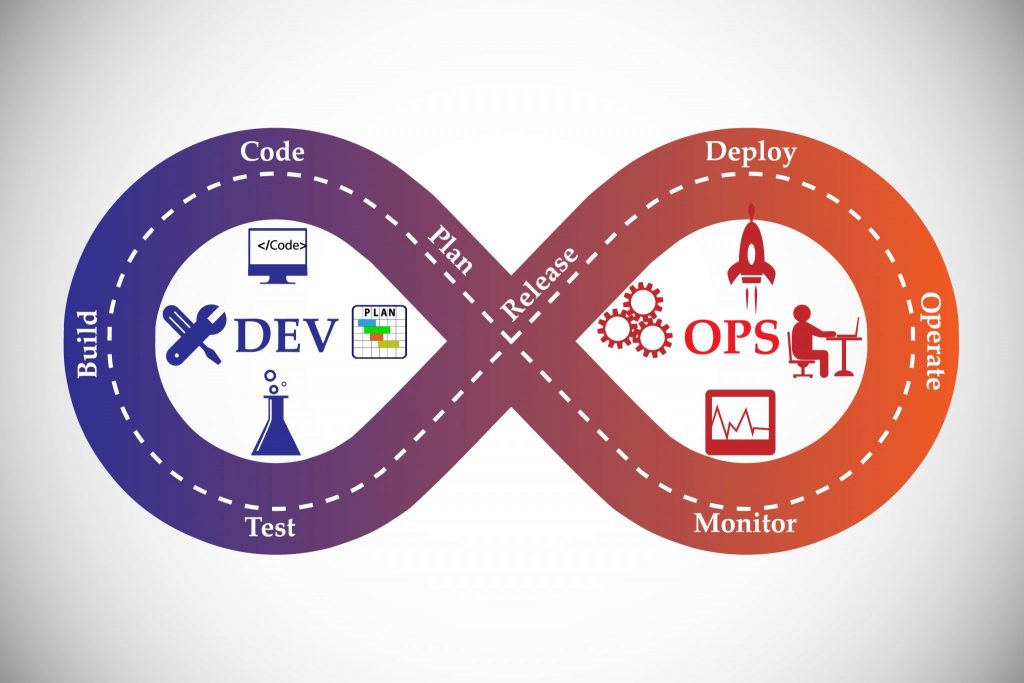Application development has taken a huge leap with the advent of cloud computing. Cloud provides easy to use, scalable, cost-effective, and on-demand resources to build applications and render services. Almost all companies have already started reaping the benefits of cloud computing. While cloud computing has reshaped the landscape of IT, Software as a Service (SaaS) is one of the most revolutionary and disruptive software development and distribution models in history.
SaaS is a new alternative to the traditional software development, in which applications are hosted on the cloud and can be used for multiple purposes by companies as well as individuals. Almost all enterprises and organizations have started realizing the importance of using cloud computing, but it is not the use of cloud computing that benefits an organization. Rather, it is the effective use of these cloud resources, which will make a difference.
Security, scalability, and interoperability serve as essential features every cloud application must possess. Here are the other essential features SaaS applications must have in order to stand out.
Microservices and APIs-oriented
Adoption of microservices in application development is an evolutionary journey for IT. Microservices and APIs enable developers to develop, build, and reuse modular components that are loosely coupled. This drastically saves costs and time and enables quick application or service development. Microservices and API-based applications offer a number of additional benefits such as increased flexibility, scalability, ease of development, and cost.

SaaS applications must be microservices oriented and should be backed by APIs to reduce the complexity and maximize modular accessibility.
Identity management
SaaS applications are widely used and each of these applications is meant for a specific purpose. And this is the reason that most of the SaaS applications are often siloed, making identity and access management a mounting challenge.
SaaS applications serve as the face of every cloud-based service and are the direct point of use to end users. Consider an example of an SaaS social media application. A social media application has numerous users registered and using the services. Every user who wants to register or login to the service needs to go through a series of authentication and authorization procedures for identity management. If the SaaS application is built in a way that it can be linked to the company’s existing identity management service, then several hundred thousands of these requests needing identity management can be automated to reduce the load on the application and to increase its efficiency.
Analytics
Analytics is one of the core concepts in the contemporary world’s IT development. Each application currently in use can largely benefit from having analytics. Analytics provides real-time metrics to companies such as the application’s operational requirements, performance, usage, and security measures.

Having analytics integrated with SaaS applications is very important as this serves as a medium to understand user requirements and to identify data patterns. Analytics in SaaS can help construct robust business strategies and operations for business development as well as customer satisfaction. SaaS is the most important platform for cloud data analytics, which can be largely benefited in various aspects such as tracking sales and products, user handling, keeping records, having real-time business metrics, and more.
DevOps enabled
In modern IT development including the cloud, software development and operations play a vital role. DevOps brings these two teams together for collaborated development, maintenance, support, and operations. In a software environment, developers are responsible for application development, whereas the operations team is responsible for providing the developers with an environment for continuous innovation and development.

Present-day cloud applications and services need to have the ability to support DevOps as there are numerous advantages associated with it. Continuous and collaborative software development, less complexity, and faster problem resolution are among the key benefits of DevOps in SaaS.
Ease of use
Companies can be largely benefited by building easy to use SaaS applications. If the application is easy to use, it won’t need an IT or operations expert to handle and maintain it. Instead, business people who need to have a track of real-time metrics can start using an SaaS application to extract direct benefits. This seemingly minor aspect can help companies save a lot of money and time. Ease of use also complements other essential aspects such as redundancy, configurability, maintenance, and more.
SaaS applications: Like the cloud, they are evolving
SaaS applications should also be lightweight in nature and must support continuous integration and development. Cloud computing is ever-evolving and so will Software as a Service. SaaS provides opportunities for companies and organizations to leverage and build their own on-demand applications with ease and in a cost-effective manner. Having these essential features can help companies further reach their goals and to provide efficient and effective services to their customers.
Photo credits: Shutterstock




Thanks for the post, nice information about the saas application checklist it is really helpful. I will recommend it to others.